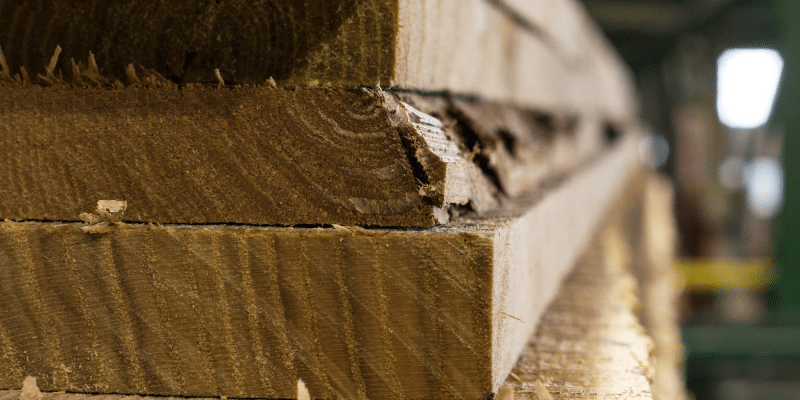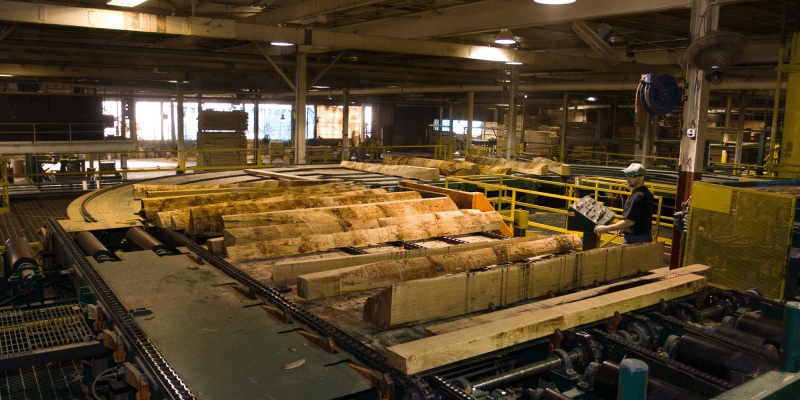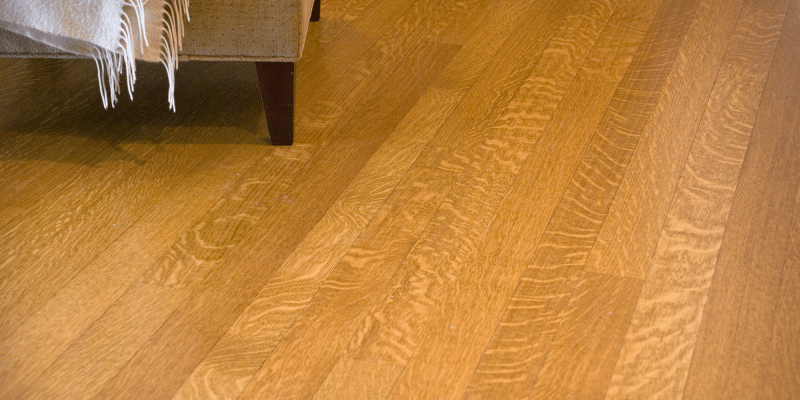I want to start this edition of “Criswell’s Corner” by telling you all that the hiatus I took this winter was actually due to a cancer diagnosis I received in October of 2013. I have been focused on my treatment and recovery and am happy to report that two weeks ago I had a PET scan that was free of cancer.
It was a difficult period, but I am proud to say that Frank Miller Lumber stood by me and my family throughout the entire ordeal. In the world of commerce, the character of a company is very important. If I am going to align myself with a company who will play a crucial role in the outcome of a project, I want to align myself with a company of integrity and true character. I have proudly represented Frank Miller Lumber for nearly 18 years, the first 14 as a salesman and the past 4 as an architectural marketing consultant.
Through good financial times and bad (we all remember 2008, right?) Frank Miller Lumber has consistently produced some of the world’s highest quality quartersawn hardwoods. The company has never waivered and my cancer treatment showed the kind of commitment that the company makes to its employees as well as its customers. If one is judged by the company they keep, I am proud to be judged by my association with Frank Miller Lumber.
As a designer or architect it is more important now than ever that if high quality hardwoods are an aesthetic feature of your project you should forge a strong alliance with a premium mill like Frank Miller Lumber. Leaving the successful outcome of your project to the vagaries of the lumber market can often result in heartache and disappointment.
Unlike other materials that will be used in your project, many factors affect hardwood lumber supply. Let’s look at the current situation in the market. After the financial recession of 2008 many log suppliers went out of business, as did many sawmills. The strongest companies, Frank Miller Lumber among them, stayed the course and remain healthy to this day. The market for quartersawn hardwoods is stronger than ever as is the market for plain sawn lumber around the globe. Supply is the problem now. Demand has classically outpaced supply. In September I was speaking to architects and designers in Saigon with a group of American Hardwood suppliers. One hardwood mill representative told me that he was very anxious about going out the next day to talk to his customers because they all want plain sawn red oak for their furniture manufacturing and there was simply not enough wood to go around. He was actually going to have to cancel some orders. It is my guess that those companies who had not forged a relationship with him would be the ones to come up short in supply.
Developing a hardwood supply chain for your project early in the design phase is critical to a successful outcome. Frank Miller Lumber is unique in allowing me to represent them to the design community. Allow me to work with you to develop the crucial hardwood supply chain that you will require for your project. Feel free to send me an email at cdavis@frankmiller.com and I will be very pleased to assist you in whatever way I can.





